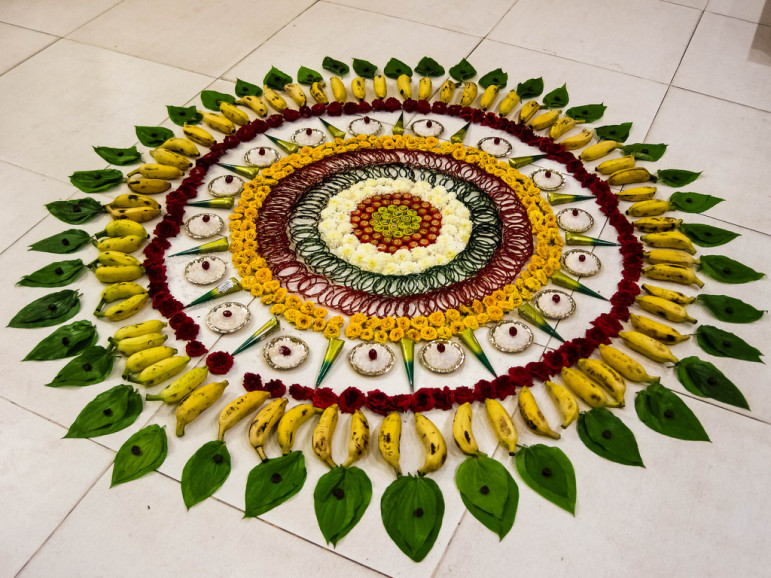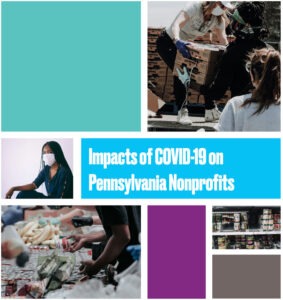
October 25, 2015; Greater Philadelphia Cultural Alliance
In 2006, the Greater Philadelphia Cultural Alliance published its first Portfolio report, an assessment of the region’s cultural sector based on data from the then-fledgling Cultural Data Project (CDP), which launched in Pennsylvania in 2004. Subsequent Portfolio reports in 2008, 2011, and 2014 helped the Philadelphia region track its cultural sector through the Great Recession, gave arts leaders powerful benchmarking tools and equipped advocates with data to make the case for continued support. Meanwhile, CDP has expanded into 11 additional states and the District of Columbia, allowing for standardization in data collection and analysis across nonprofit arts groups. Last week, the Cultural Alliance released 2015 Portfolio: Culture Across Communities, An Eleven-City Snapshot—a data-driven assessment of the nonprofit arts sector with particular attention to post-recession recovery and persistent fiscal challenges.
Sign up for our free newsletters
Subscribe to NPQ's newsletters to have our top stories delivered directly to your inbox.
By signing up, you agree to our privacy policy and terms of use, and to receive messages from NPQ and our partners.
Culture Across Communities includes data from 5,502 arts organizations in eleven metropolitan areas, which collectively serve more than 75 million residents (nearly a quarter of the U.S. population) and spend $13 billion annually. The cities represented in the report include: Bay Area (San Francisco and San Jose), Boston, Chicago, Cleveland, Los Angeles, New York, Philadelphia, Phoenix, Pittsburgh, Twin Cities and Washington, D.C. Trend data from 2009–2012 was available for 2,974 organizations from all metro areas except the Twin Cities, providing important insights into how the sector has fared in the wake of the Great Recession. Among the key findings nationally are these:
- The sector is showing signs of recovery from the recession, with revenue, net assets and endowments all increasing; positive profit margins in aggregate; and increasing attendance.
- Importantly, gains in earned income have been driving the recovery, with an increase of 25.4 percent from 2009–2012. Growth in admissions/tickets/tuitions fueled the recovery, with this category of income accounting for the largest single source of earned or contributed revenue across all budget sizes in the study.
- While aggregate margins were positive, many arts organizations continue to struggle financially. In the most recent fiscal year, 42 percent of organizations reported deficits, and 18.7 percent of those deficits exceeded 10 percent. Overall spending was flat, full-time employment was virtually flat, and overall paid positions increased by only 1.4 percent. Collectively, the study organizations reported a total of 906,000 positions, more than half of which are filled by volunteers and only 6 percent of which represent full-time paid positions.
- Contributed income, which accounts for nearly half of all revenue in the sector, declined by 3.5 percent, with steep drops in government funding, and troublesome decreases in both corporate and individual giving, across most metro areas. Board and foundation giving both increased.
Culture Across Communities also offers data analyses by metro area and by arts discipline, and often with reference to budget size. While some findings are consistent across the sector, discipline-specific trends or local strengths and weaknesses may prove instructive for the sector as a whole. For example, how did Cleveland manage to increase corporate support by nearly 40 percent at such a challenging time? Why is attendance growing at museums but declining for performing arts groups? What is propelling membership growth in Philadelphia and overall attendance growth in Los Angeles and Boston? The report itself is presented as a “snapshot.” But the data behind the report is rich, and the beauty of CDP (which in 2016 will be renamed DataArts) is that a wealth of benchmarking data is readily available to participating arts organizations around the country.—Eileen Cunniffe











